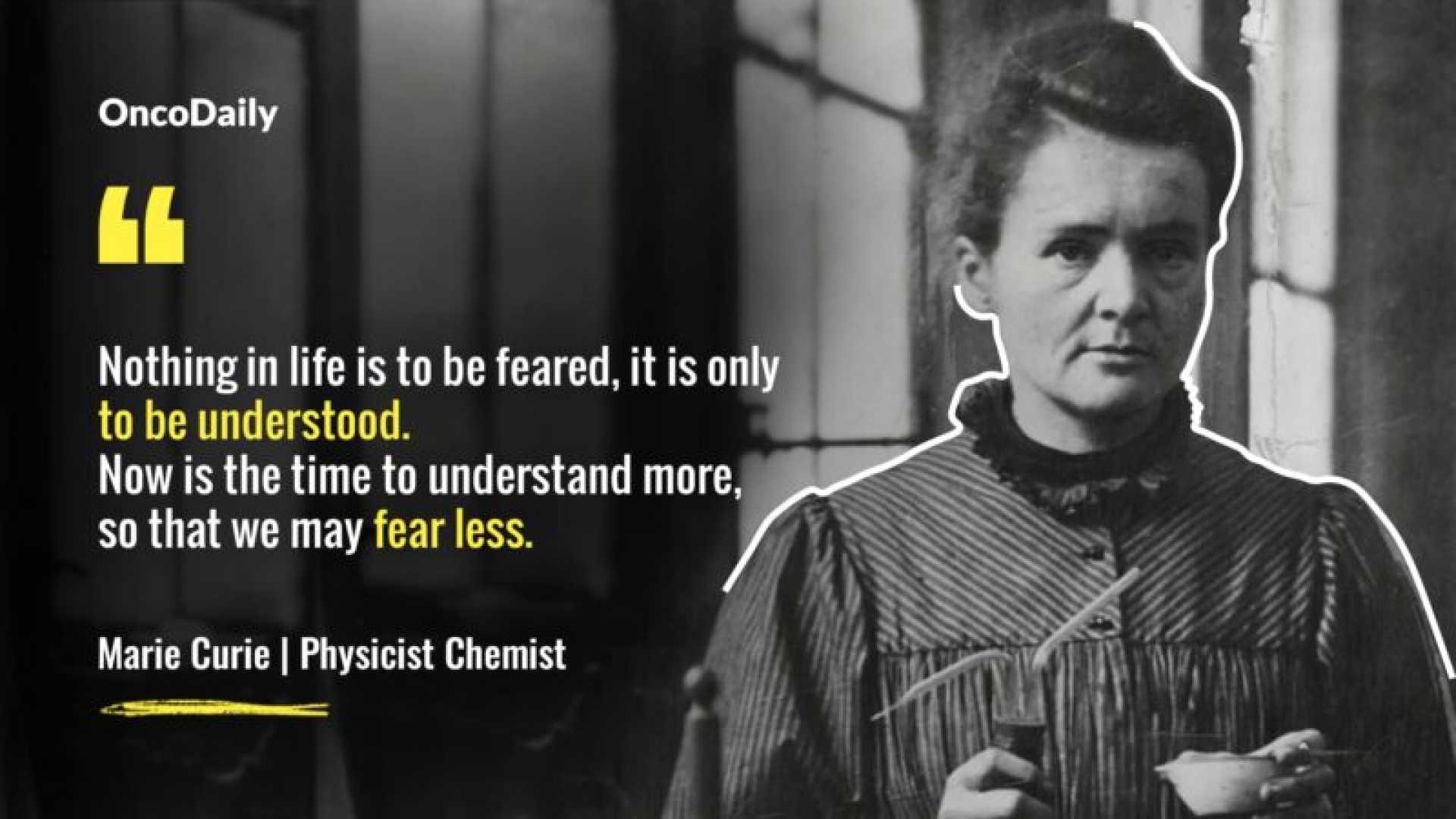Health
Marie Curie’s Radioactive Legacy Raises Health Concerns

PARIS, France — Marie Curie, renowned as one of the greatest scientists, uncovered the radioactive elements polonium and radium, which earned her fame but proved harmful to her health. Curie passed away in 1937 from aplastic anemia, a rare condition linked to radiation exposure she and her husband, Pierre, initially underestimated.
The Curies conducted their experiments with minimal protective gear, often carrying bottles of polonium and radium in their pockets. At the time, radiation was thought to offer health benefits, even leading to radium being marketed in bath salts for insomnia and in energy drinks, devoid of any safety warnings.
Many of Curie’s leftovers, including her scientific papers, are preserved at the Bibliothèque Nationale de France. Visitors interested in the Pierre and Marie Curie Collection must sign a liability waiver, as handling these items demands protective clothing due to their ongoing radioactivity. These artifacts are kept in lead-lined boxes and are expected to remain hazardous for around 1,500 years.
Originally, the Curies were interred in Sceaux cemetery, but in 1995, their remains were relocated to the Panthéon in Paris, a prestigious resting place for notable individuals. Upon their relocation, the bodies were also placed in lead coffins to mitigate the danger of radium-226, a stable isotope they had been exposed to throughout their lives.
Curie’s old research lab in Arcueil, a suburb of Paris, remains a significant concern due to its high radiation levels. The site, which closed in 1978, is heavily secured and nicknamed “Chernobyl on the Seine.” Clean-up efforts initiated in 1992 have scaled up to approximately 10 million euros, and monitoring continues as local officials check the river for contamination.
A recent Instagram video revisiting Curie’s history has gained traction, receiving over 44,000 likes since its May 11 posting. Comments from viewers hailed her as the “greatest female chemist of all time,” underscoring the enduring impact of her groundbreaking, yet perilous scientific achievements.












